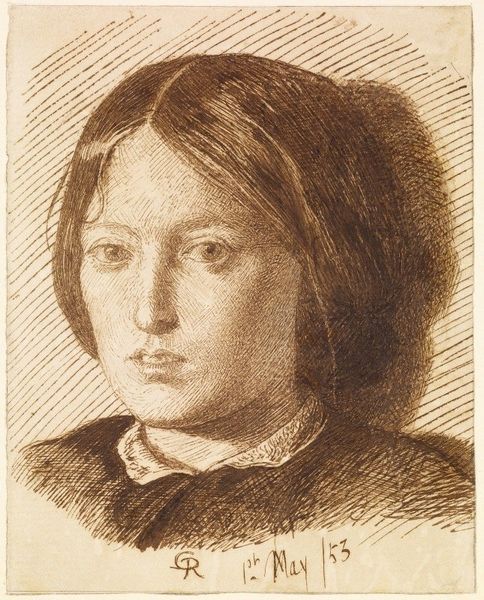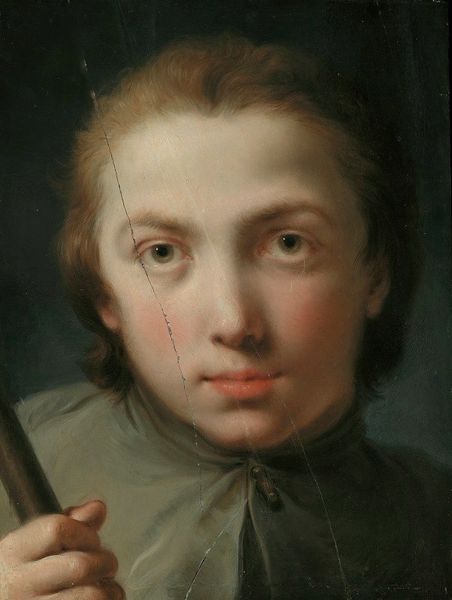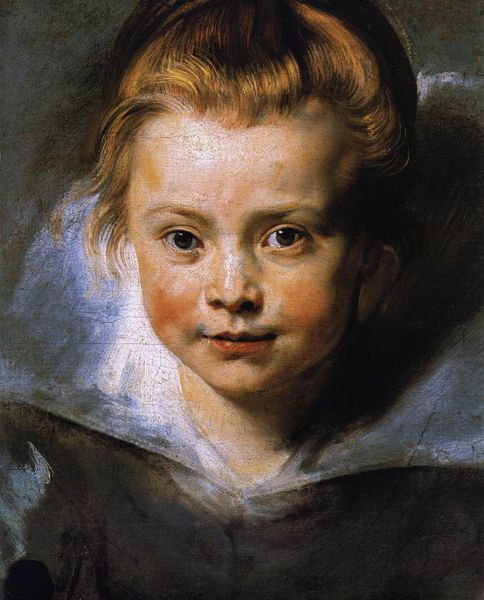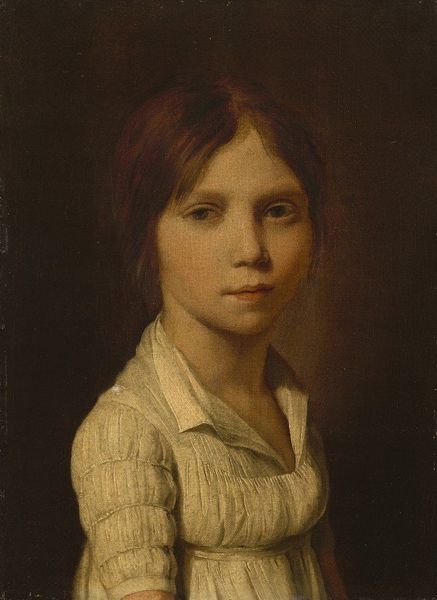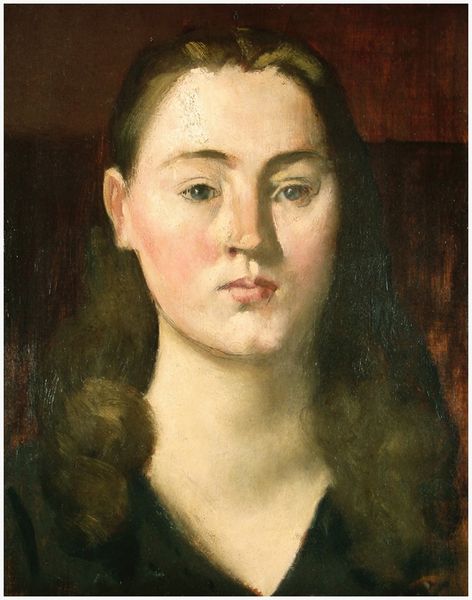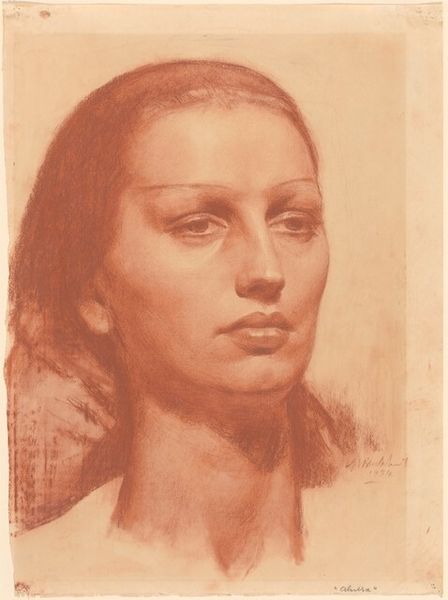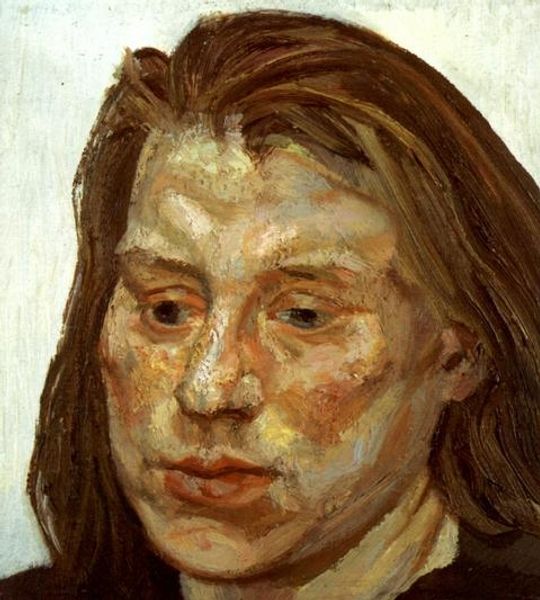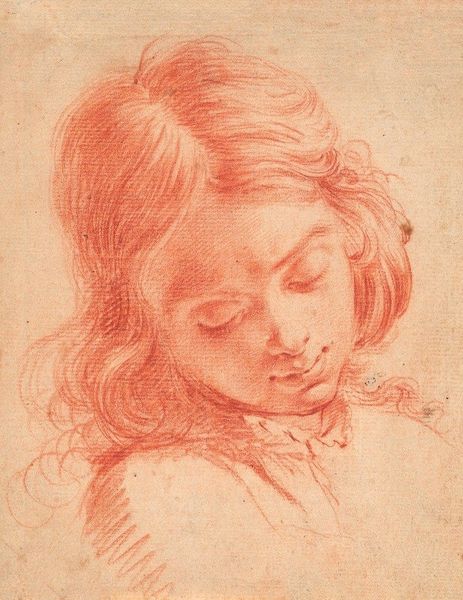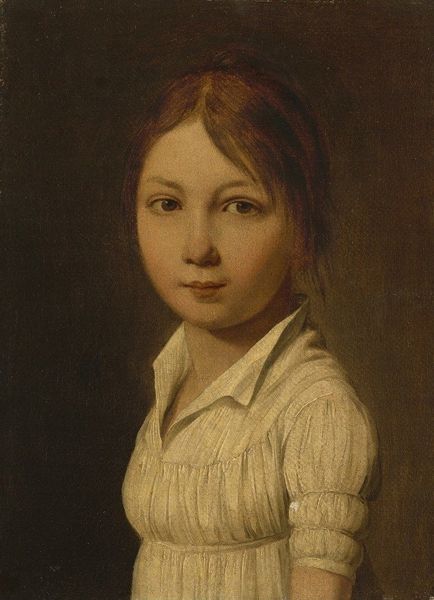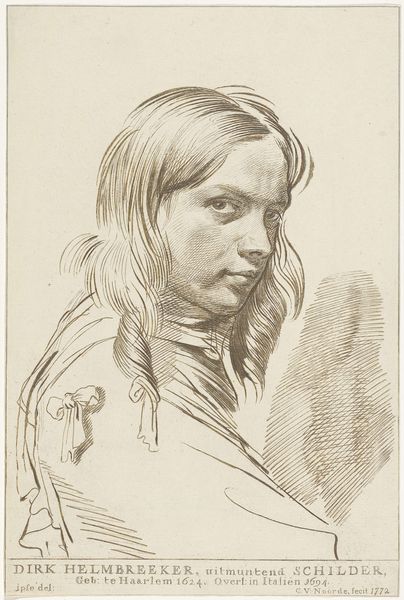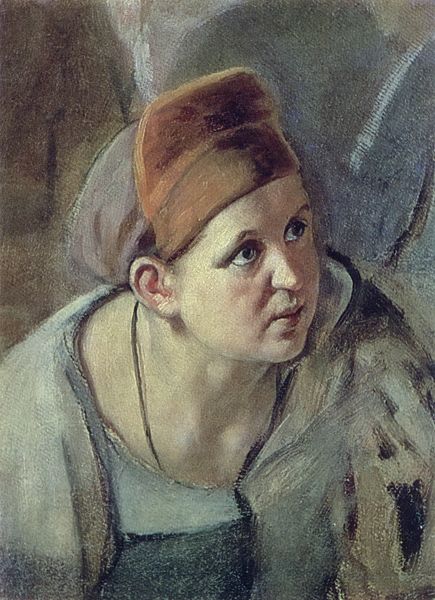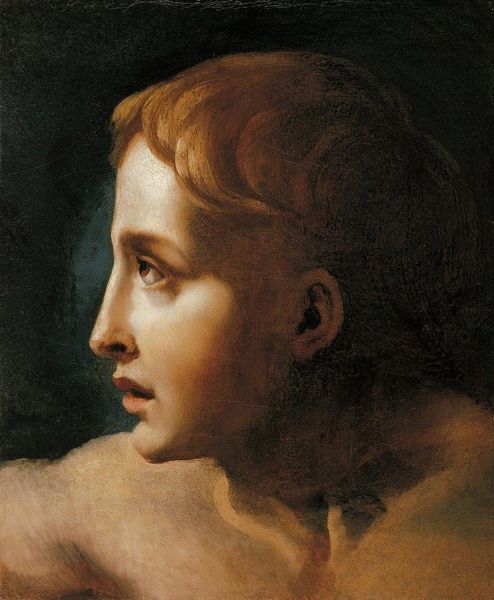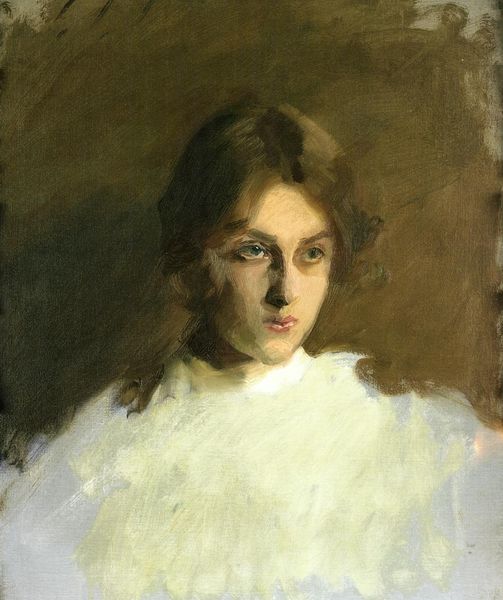
painting, oil-paint
#
portrait
#
painting
#
oil-paint
#
romanticism
Copyright: Public domain
Editor: We are looking at Théodore Géricault's oil painting, "Young Blond Man," created around 1819. The almost severe lighting gives the subject a rather stark, vulnerable presence. What can you tell me about the materiality of this piece? Curator: Focusing on its materiality draws attention to the social conditions of art production. What kind of labor went into producing the pigments used? Were they newly synthesized, indicating technological advancement, or sourced traditionally? Understanding pigment sources speaks to the economics of art-making and Géricault's patronage. Editor: That's a perspective I hadn't considered. The canvas too, what was its origin and how readily available was such a size at the time? Curator: Precisely! The canvas's weave, its preparation, all were performed by individuals in service to a master’s vision. Analyzing the brushstrokes helps to break down the artist's method: how was the paint applied and distributed to build the composition? Are there visible layers? These are physical records of a manufacturing process. Editor: So it's about going beyond just seeing it as a portrait and digging into how it physically came into being and what that reveals about society at that time? Curator: Exactly! Think of Géricault less as a lone genius and more as a node in a complex network of material suppliers, laborers, and economic systems. Analyzing art in this way makes visible often unseen dynamics. Editor: I appreciate that view of labor; it really flips the typical focus. Curator: It offers a chance to reassess and understand art in ways that can demystify both its production and appreciation.
Comments
No comments
Be the first to comment and join the conversation on the ultimate creative platform.
